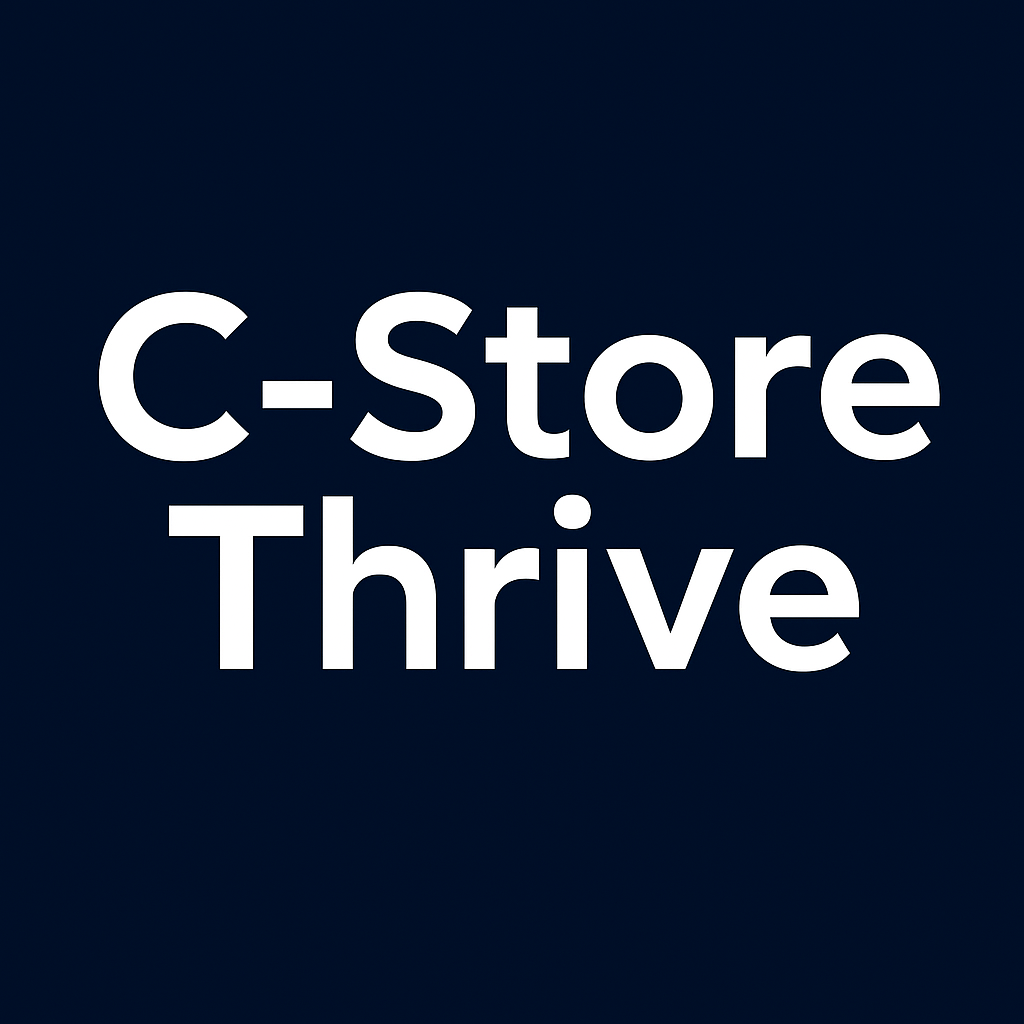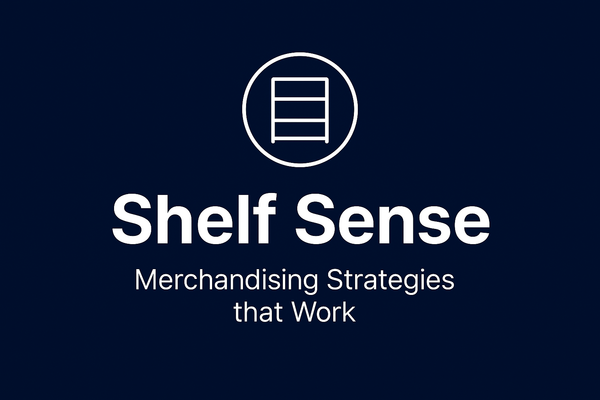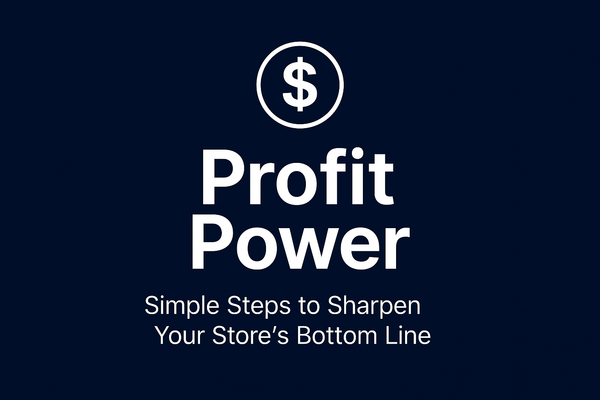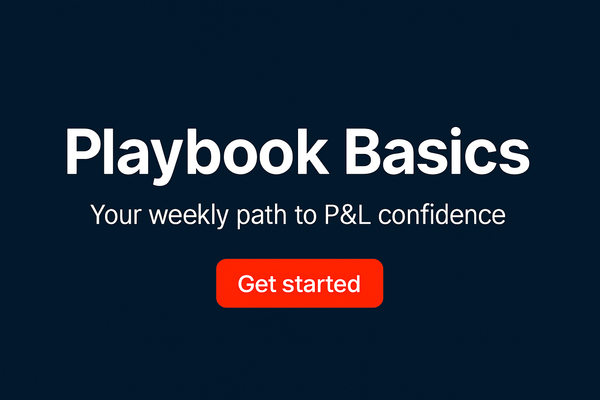Category Roles Decoded: Why Destination, Routine, Seasonal, and Convenience Categories Drive Different Customer Behaviors
Product categories serve four distinct roles: destination categories drive store traffic, routine categories build visit frequency, seasonal categories create profit surges, and convenience categories capture impulse purchases.
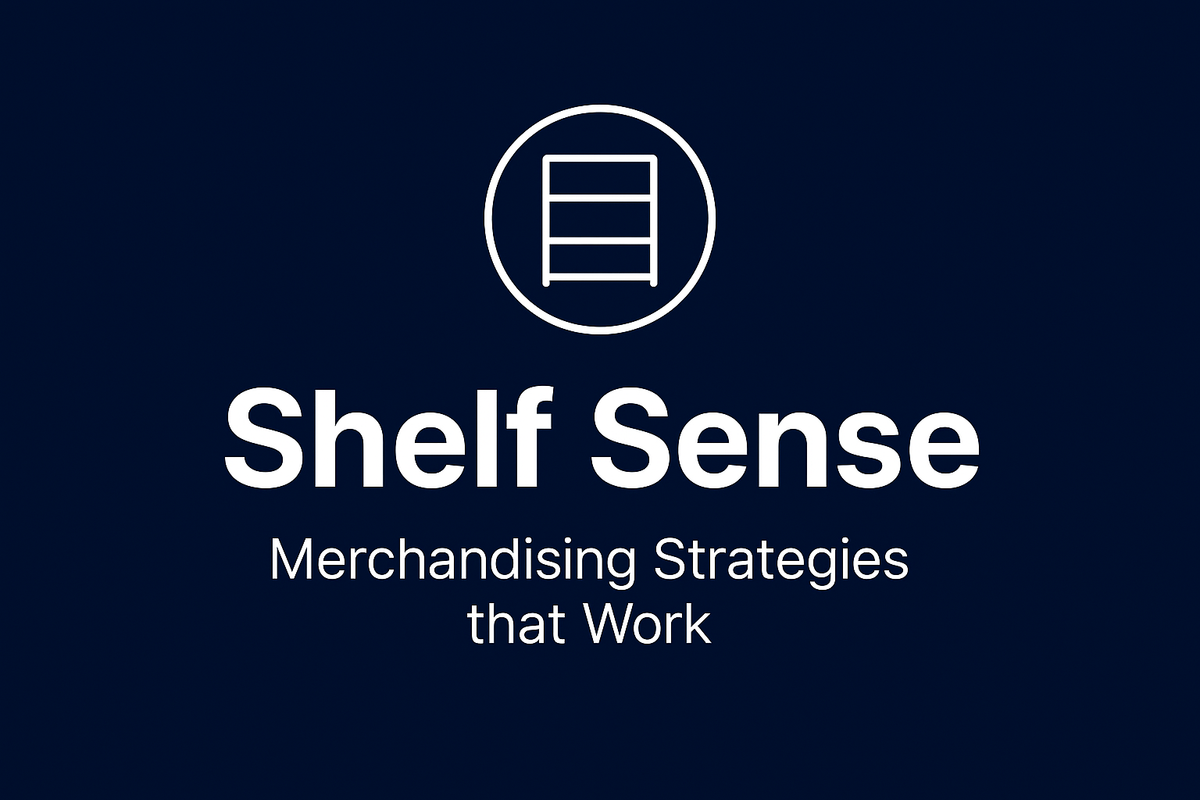
Sarah Martinez discovered something surprising about her Austin convenience store's coffee program during a routine sales analysis last spring. What she initially considered a simple convenience add-on was actually driving 40% of her morning transactions and generating the highest customer loyalty scores in her entire store. This revelation transformed her approach to staffing, store layout, and inventory investment. The coffee station moved from a corner afterthought to prime real estate near the entrance, staffing increased during morning hours, and premium coffee options expanded significantly. The result: a 28% increase in morning revenue and enhanced customer retention that rippled throughout her entire business.
Martinez's experience illustrates a fundamental principle that many convenience store operators overlook: not all product categories serve the same purpose or drive identical customer behaviors. According to retail category management research from NACS, understanding the distinct roles that categories play—destination, routine, seasonal, and convenience—enables operators to make strategic decisions about space allocation, staffing, and promotional timing that align with actual customer motivations rather than assumptions.
Defining the Four Category Roles
Destination Categories: The Traffic Drivers
Destination categories are product groups that customers specifically travel to a store to purchase, often planning their visit around these items. These categories help define the store's identity and competitive positioning in the market, according to category management research from The Partnering Group. Coffee programs, premium prepared foods, and specialized beverage offerings frequently serve as destination categories for convenience stores.
The key characteristic of destination categories is their ability to generate planned trips rather than impulse purchases. When customers think "I need to stop for coffee," they're demonstrating destination category behavior. These categories often command higher margins because customers willingly pay premium prices for quality, convenience, and consistency in products they specifically seek out.
Routine Categories: The Frequency Builders
Routine categories fulfill predictable, recurring customer needs and serve as the foundation for visit frequency and customer loyalty. Categories like fuel, basic beverages, cigarettes, and essential snacks typically serve routine roles because customers purchase them regularly without extensive decision-making, notes retail behavior research from Cognira.
Routine categories excel at building customer habits and driving repeat visits. When customers establish patterns—stopping for fuel every Tuesday, grabbing a specific energy drink each morning—routine categories create the consistency that transforms occasional visitors into regular customers. These categories prioritize availability, competitive pricing, and operational reliability over premium positioning.
Seasonal Categories: The Surge Opportunity
Seasonal categories experience dramatic demand fluctuations tied to specific time periods, weather patterns, holidays, or events. Halloween candy, summer beverages, winter comfort foods, and back-to-school supplies exemplify seasonal categories that can generate exceptional margins during peak periods, according to retail merchandising analysis from Surefront.
The strategic value of seasonal categories lies in their ability to generate concentrated profitability during specific windows. Ice cream sales might represent minimal revenue during winter months but become major profit contributors during summer heat waves. Understanding seasonal category timing enables operators to optimize inventory investment, promotional timing, and space allocation for maximum impact.
Convenience Categories: The Impulse Capture
Convenience categories solve immediate, unplanned customer problems and capitalize on impulse purchase behavior. Phone chargers, pain relievers, travel-sized toiletries, and grab-and-go snacks positioned near checkout areas typically serve convenience roles, according to consumer behavior research from VideoMining.
Convenience categories excel at increasing basket size and capturing additional revenue from customers already in the store. These categories often command premium prices because customers prioritize immediate problem-solving over price comparison. Strategic placement and availability prove more critical than extensive selection or promotional pricing for convenience category success.
Customer Behavior Patterns by Category Role
Destination Category Shopping Patterns
Customers shopping destination categories demonstrate distinctly different behaviors compared to other category roles. Research from Southern Methodist University shows that destination category shoppers exhibit planned visit patterns, longer in-store dwell times, and higher willingness to travel greater distances for preferred products. These customers often research options in advance and develop strong brand loyalties within destination categories.
The basket-building opportunity with destination categories proves significant. When customers make planned trips for destination items like premium coffee, they frequently purchase complementary products during the same visit. A customer visiting specifically for morning coffee might also buy breakfast items, beverages, or other convenience products, creating higher average transaction values than impulse-driven visits.
Destination categories also influence customer perception of overall store quality and positioning. Stores that excel in destination categories—whether through superior coffee programs, exceptional prepared food, or unique product offerings—often enjoy enhanced brand reputation that attracts customers across all categories, according to convenience store customer experience research.
Routine Category Loyalty Development
Routine categories build customer loyalty through consistency, reliability, and habit formation rather than excitement or novelty. Customers purchasing routine categories prioritize predictable availability, stable pricing, and efficient transaction processes over premium experiences, notes retail customer behavior analysis from Explorer Research.
The frequency advantage of routine categories creates compounding benefits over time. Customers who establish routine purchase patterns—weekly fuel purchases, daily beverage stops, regular cigarette buying—generate consistent revenue streams while providing opportunities for cross-selling into other categories during routine visits.
Routine categories also serve as customer retention tools during competitive pressure. When customers develop strong routine purchasing habits at specific locations, they become less likely to switch to competitors for convenience alone, providing stable revenue foundations during market disruptions.
Seasonal Category Demand Surges
Seasonal categories create unique customer behavior patterns characterized by concentrated demand periods followed by extended low-activity phases. During peak seasons, customers often purchase larger quantities, show greater price tolerance, and demonstrate higher urgency for product availability, according to seasonal retail management research from New Hope Network.
The preparation behavior around seasonal categories differs significantly from other roles. Customers might plan seasonal purchases weeks in advance—stocking up on Halloween candy in early October or purchasing summer beverages during the first warm weekend—creating predictable demand patterns that enable strategic inventory and promotional planning.
Seasonal categories also generate discovery opportunities. Customers purchasing seasonal items often explore new products or brands they wouldn't consider during off-seasons, creating opportunities for introducing new offerings and building awareness for future seasons.
Convenience Category Impulse Dynamics
Convenience categories capitalize on immediate customer needs and impulse decision-making processes. Research shows that convenience category purchases often occur within seconds of product visibility, with customers prioritizing immediate problem-solving over price comparison or quality evaluation, according to retail impulse behavior studies.
The location dependency of convenience categories proves critical for success. Products serving convenience roles must be positioned where customers naturally encounter them during problem-solving moments—phone chargers near checkout when customers realize low battery, pain relievers visible during stress situations, or travel items accessible during unexpected weather changes.
Convenience categories also benefit from solution-oriented merchandising rather than traditional category grouping. Organizing convenience products around customer problem scenarios—travel needs, weather situations, health issues—often generates higher sales than standard category layouts.
Merchandising and Operational Advantages
Strategic Space Allocation Based on Category Roles
Understanding category roles transforms space allocation from intuitive guesswork into strategic decision-making based on customer behavior patterns. Destination categories warrant prime real estate and expanded space allocation because customers specifically seek these products and will navigate throughout the store to find them, according to convenience store layout optimization research from C-Store Dive.
The traffic flow implications of destination category placement prove significant. Strategically positioning destination categories can guide customer movement throughout the store, creating opportunities for exposure to routine and convenience categories during destination-focused visits. Coffee stations placed strategically can draw customers past seasonal displays and routine beverage coolers, maximizing cross-selling opportunities.
Routine categories require consistent, accessible placement that supports habit formation rather than discovery. Customers purchasing routine items prioritize efficient access and predictable location over promotional visibility, making consistency more valuable than premium placement for routine category success.
Promotional Timing Aligned with Category Behavior
Category roles dictate optimal promotional strategies and timing that align with customer purchase motivations. Destination categories benefit from quality-focused promotions and loyalty programs that reinforce the store's competitive positioning in these traffic-driving products, according to retail promotional strategy analysis.
Seasonal categories demand precise promotional timing that matches natural customer demand cycles. Promoting ice cream during winter months or holiday decorations in January typically generates minimal response, while timing promotional activities just ahead of natural demand peaks maximizes promotional effectiveness and inventory turnover.
Routine categories excel with consistency-focused promotions—everyday low pricing, volume discounts, or loyalty rewards that reinforce purchase habits rather than creating excitement or urgency. Convenience categories often perform best with impulse-triggering promotions positioned at decision moments rather than advance advertising.
Staffing Decisions Based on Category Demands
Different category roles create distinct staffing requirements that align with customer service expectations and operational complexity. Destination categories often require enhanced product knowledge, preparation capabilities, and service quality that justify increased labor investment during peak demand periods, according to convenience store labor optimization research from C-Store Thrive.
Coffee programs serving destination roles might justify dedicated barista training and increased morning staffing, while convenience categories require product availability and checkout efficiency rather than specialized service capabilities. Understanding these distinctions enables more strategic labor allocation that matches staffing investment to revenue generation potential.
Inventory Investment Strategy by Category Role
Category roles influence optimal inventory investment strategies, ordering patterns, and supplier relationship management. Destination categories often justify higher inventory investment, premium product selection, and supplier partnerships that support quality and consistency objectives, while convenience categories prioritize availability and quick turnover over extensive selection.
Seasonal categories require sophisticated inventory planning that aligns investment timing with demand cycles while minimizing carrying costs during off-seasons. Routine categories benefit from inventory optimization focused on eliminating stockouts and maintaining consistent availability rather than maximizing selection variety.
Practical Applications for Category Role Analysis
Identifying Category Roles in Your Market
Successful category role identification requires analyzing customer behavior patterns rather than making assumptions based on industry standards. What serves as a destination category in one market might function as routine or convenience in another location, depending on local competition, customer demographics, and community needs, according to retail market analysis research.
The analytical approach involves examining transaction data, customer visit patterns, and purchase combinations to identify which categories drive planned visits versus impulse purchases. Categories that generate dedicated trips, show consistent purchase timing, or correlate with longer store visits likely serve destination roles in your specific market.
Customer feedback and observation provide additional insights into category role identification. Categories that customers inquire about when unavailable, compare quality across competitors, or specifically praise in reviews often indicate destination category potential that merits enhanced investment and positioning.
Product Mix Optimization Based on Role Analysis
Understanding category roles enables strategic product mix decisions that align selection with customer expectations and behavior patterns. Destination categories warrant expanded selection, premium options, and unique products that differentiate the store from competitors, while routine categories prioritize core items, reliable availability, and competitive pricing over extensive variety.
The optimization process involves evaluating current product performance within category role contexts. Slow-moving items in destination categories might indicate quality or selection issues, while similar performance in convenience categories could reflect appropriate turnover rates for impulse-driven purchases.
Cross-category relationships also influence optimal product mix decisions. Understanding which destination categories drive traffic enables strategic enhancement of complementary routine and convenience categories that benefit from the increased customer flow generated by destination category visits.
Space Allocation and Merchandising Optimization
Category role analysis guides space allocation decisions that maximize revenue per square foot while supporting customer shopping behavior. Destination categories often generate higher revenue per square foot and justify expanded space allocation, while convenience categories might optimize for turnover rate and impulse accessibility rather than extensive displays.
The merchandising approach varies significantly by category role. Destination categories benefit from quality-focused displays, educational signage, and premium positioning that reinforces their traffic-driving role, while convenience categories excel with visibility, accessibility, and problem-solution oriented presentation.
Promotional Campaign Development and Timing
Effective promotional campaigns align with category role characteristics and customer behavior patterns within each role. Destination category promotions focus on quality, value, and loyalty-building rather than price-driven urgency, while seasonal category promotions optimize for timing precision and inventory movement during natural demand peaks.
The measurement criteria for promotional success vary by category role. Destination category promotions might optimize for customer acquisition and loyalty metrics, routine category promotions for frequency and consistency, seasonal promotions for margin and turnover, and convenience promotions for basket-building and impulse conversion rates.
New Product Evaluation and Introduction Strategy
Category role analysis provides framework for evaluating new product opportunities and introduction strategies. Products targeting destination category roles require evaluation criteria focused on differentiation, quality positioning, and traffic generation potential, while convenience category additions prioritize impulse appeal, problem-solving capability, and margin contribution.
The introduction strategy varies by intended category role. New destination category products might warrant dedicated promotional support, staff training, and customer education, while convenience category additions often succeed through strategic placement and availability rather than promotional investment.
Building Strategic Category Intelligence
Store owners who master category role analysis develop sophisticated understanding of customer behavior that compounds into sustained competitive advantages. Rather than treating all product categories as equivalent revenue generators, strategic operators align their merchandising, staffing, and promotional decisions with the distinct customer motivations and behavior patterns that drive success within each category role.
The analytical discipline of category role evaluation transforms intuitive retail decisions into data-driven strategies that consistently outperform competition. When operators understand which categories drive traffic, build loyalty, capture seasonal opportunities, and generate impulse purchases, they can optimize every aspect of store operations to support these distinct functions.
As convenience store competition intensifies and customer expectations continue evolving, the ability to strategically manage categories according to their roles becomes essential rather than optional. Independent operators who develop category role expertise position themselves to compete effectively against larger chains while building the operational sophistication necessary for long-term success and profitability.
The convenience store industry's continued evolution toward service-oriented, customer-focused operations makes category role mastery particularly valuable. Understanding whether coffee serves as a destination, routine, or convenience category in your specific market determines everything from staffing levels to promotional timing to space allocation decisions that drive sustainable success. Store owners who invest in category role analysis create strategic foundations that support intelligent decision-making across all aspects of their operation.
This article is part of the weekly "Shelf Sense" series from C-Store Thrive
Found this analysis helpful? Share C-Store Thrive with fellow convenience store owners who want to transform their category management approach.
Sources:
NACS, The Partnering Group, Cognira, Surefront, VideoMining, Southern Methodist University, Explorer Research, New Hope Network, C-Store Dive, C-Store Thrive, Nielsen IQ, CSP Daily News, Westrock Coffee, Circana
